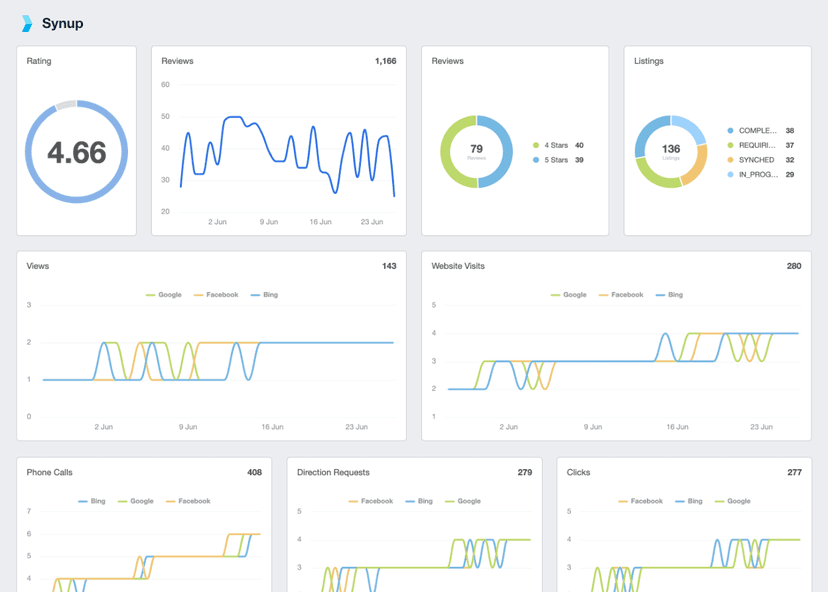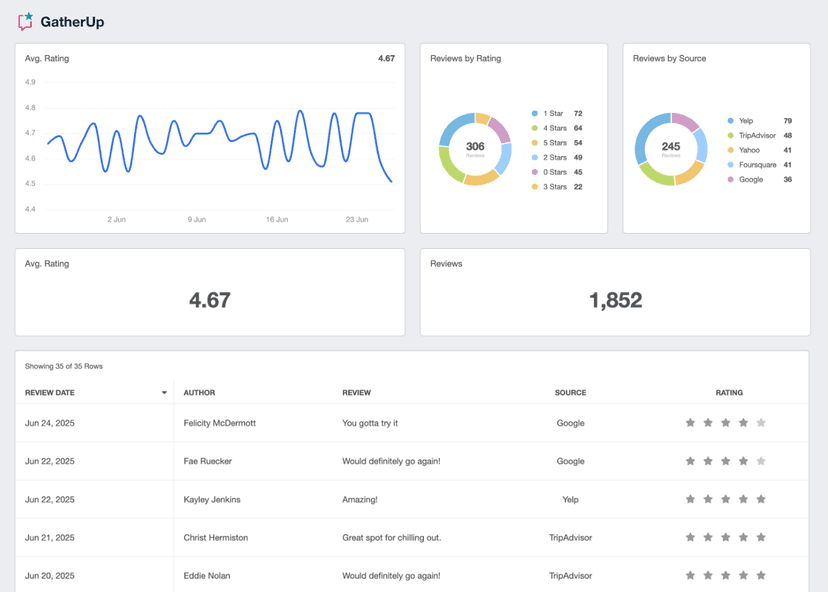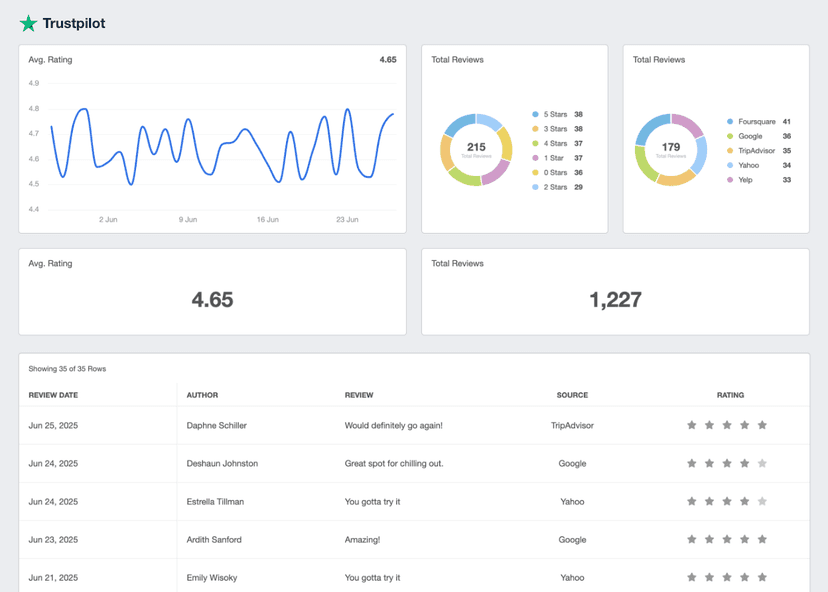Customer Satisfaction Score (CSAT)
Trend Insights
Gain insights into customer satisfaction trends over time to inform strategies.
Track Performance
Monitor campaign performance, ensuring alignment with customer expectations.
Showcase ROI
Highlight CSAT Scores to showcase the ROI and value of the agency.
Analyze Feedback
Identify areas of customer success and areas needing improvement.
Why Customer Satisfaction Score Is Important
Customer Satisfaction Score (CSAT) is a critical metric for evaluating customer perceptions and experiences. It offers concrete insights into how well a product or service meets customer expectations. Effective CSAT tracking pinpoints areas needing improvement, guiding strategic adjustments in customer service and product development.
Additionally, the CSAT score metric is integral to customer loyalty and retention. Higher scores typically indicate greater customer loyalty, underlining the strong relationship between customer satisfaction and brand loyalty. In competitive markets, leveraging CSAT insights is key to maintaining and growing a customer base.

Stop Wasting Time on Manual Reports... Get Ecommerce Insights Faster With AgencyAnalytics
How Customer Satisfaction Score Relates To Other KPIs
Customer Satisfaction Score is connected with various other key performance indicators (KPIs) to offer a comprehensive view of a campaign's impact. For example, CSAT is closely tied to Net Promoter Score (NPS) and Customer Effort Score (CES). While CSAT measures satisfaction on an individual level and CES tracks the ease of use of products or services, NPS assesses the likelihood of customers recommending the brand, often influenced by their satisfaction levels.
Similarly, Customer Lifetime Value (CLV) is closely linked with CSAT. Higher satisfaction scores often lead to increased customer retention, directly boosting CLV. Plus, Conversion Rates are often reflective of customer satisfaction; satisfied customers are more likely to make repeat purchases and maintain brand loyalty.
In essence, measuring customer satisfaction in relation to other KPIs helps to reveal a customer’s overall satisfaction level.
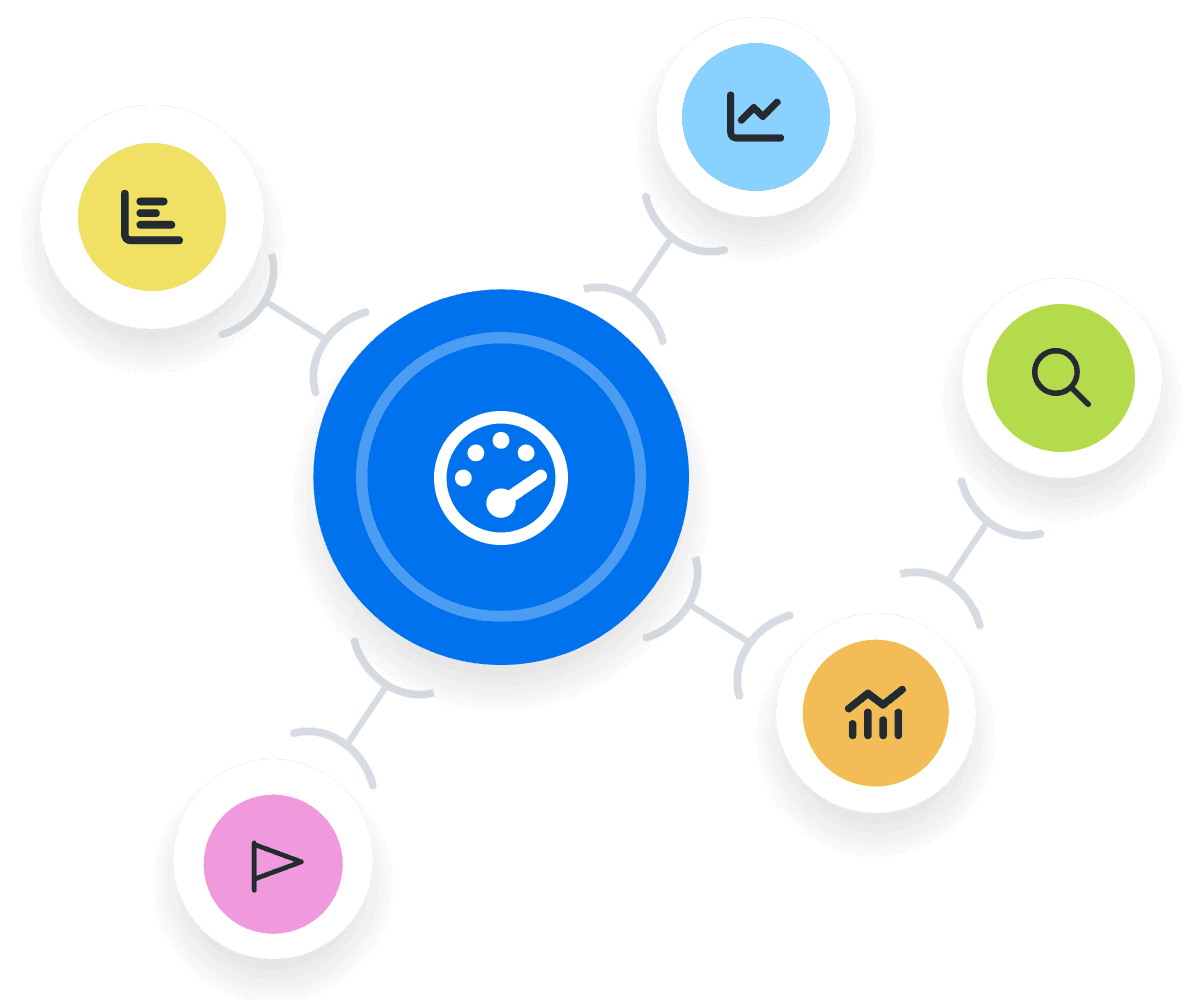
Leveraging Sentiment Feedback To Drive Customer Loyalty
Analyzing customer sentiment provides concrete data on customer experiences, pinpointing strengths and areas needing improvement.
Addressing negative feedback promptly mitigates issues and presents an opportunity to convert dissatisfied customers into loyal advocates. On the flip side, recognizing and replicating the drivers of positive experiences helps maintain a strong base of happy customers.
Incorporating customer sentiment as a core element of a customer experience program is fundamental for a customer-centric business. This approach facilitates informed decisions, enhances product or service quality, and strengthens the brand’s reputation.
How To Calculate Customer Satisfaction Score
To calculate CSAT, first, define a standardized survey question asking customers to rate their satisfaction on a scale, typically ranging from 1 to 5 or from "Very Unsatisfied" to "Very Satisfied." Then, determine the average composite customer satisfaction score by summing up all responses and dividing by the total number of respondents. Multiply the result by 100 to express the CSAT as a percentage, providing a tangible indicator of customer satisfaction.
Customer Satisfaction Score Formula Example
What Is a Good Customer Satisfaction Score?
A good average Customer Satisfaction Score (CSAT) typically ranges from 75% to 85%. This range indicates a high level of customer satisfaction, reflecting positively on the product or service quality. Scores within this bracket suggest that the majority of customers are pleased with their experience, leading to increased positive responses, customer loyalty, and potential word-of-mouth referrals.
What Is a Bad Customer Satisfaction Score?
A bad average CSAT falls below 50%. Such a low score signals significant dissatisfaction among customers, indicating serious issues with the product, service, or customer experience. Scores in this range require immediate attention to identify and address underlying problems to improve satisfaction and prevent customer churn.
How To Set Customer Satisfaction Score Benchmarks and Goals
Analyzing past CSAT trends helps in establishing realistic and attainable targets. Agencies back-calculate the required CSAT to meet specific revenue targets, considering factors like customer retention rates and average customer value. If historical data is not available, agencies typically use customer satisfaction surveys to determine what is causing unhappy customers to churn. These surveys help everyone understand customer lifecycle moments, the customer’s journey, and more.
Comparing current customer satisfaction scores with these customized benchmarks provides an accurate gauge of performance and identifies areas for improvement. This approach allows for a more tailored and effective strategy for enhancing customer satisfaction and driving business growth.
Why Customer Satisfaction Score Matters to Clients
Clients view Customer Satisfaction Score as a crucial metric because it directly reflects their customer experience and sentiment. It's a tangible measure of how well their product or service is received.
For clients, a high CSAT is indicative of successful offerings and effective customer service interaction, leading to increased customer loyalty and repeat business. It's also a predictive metric for future sales and customer retention. Understanding CSAT helps clients identify areas needing improvement, ensuring they continually meet or exceed customer expectations.
CSAT is a vital tool for clients to ensure their customers are happy, loyal, and likely to advocate for their brand.

Why Customer Satisfaction Score Matters to Agencies
Agencies prioritize Customer Satisfaction Metrics as they offer insights into the effectiveness of their marketing strategies. A high CSAT score indicates that the agency's marketing initiatives are resonating well with the target audience, leading to satisfied customers. It's a reflection of the agency's ability to understand and meet customer needs effectively.
These metrics are essential for agencies to demonstrate their value to clients. By showcasing improvements in CSAT, agencies prove their strategies are working, helping to build trust and long-term relationships with clients.

Unraveling Common Challenges in CSAT Measurement
Effectively measuring a CSAT score is not without its challenges. One primary issue is the variability in response rates. Only highly satisfied or dissatisfied customers often provide feedback, skewing the results. To counter this, encourage a broader range of customers to participate in customer satisfaction surveys, perhaps through incentives or by simplifying the feedback process.
Another challenge is the subjective nature of satisfaction. What satisfies one customer might not satisfy another. This diversity leads to ambiguous or misleading CSAT results. To address this, supplement CSAT data with qualitative feedback, allowing for a deeper understanding of the scores.
Lastly, interpreting CSAT in isolation is typically misleading to truly measure customer satisfaction. It's crucial to analyze it in conjunction with other metrics like Net Promoter Score (NPS) and Customer Effort Score (CES) for a more comprehensive view.
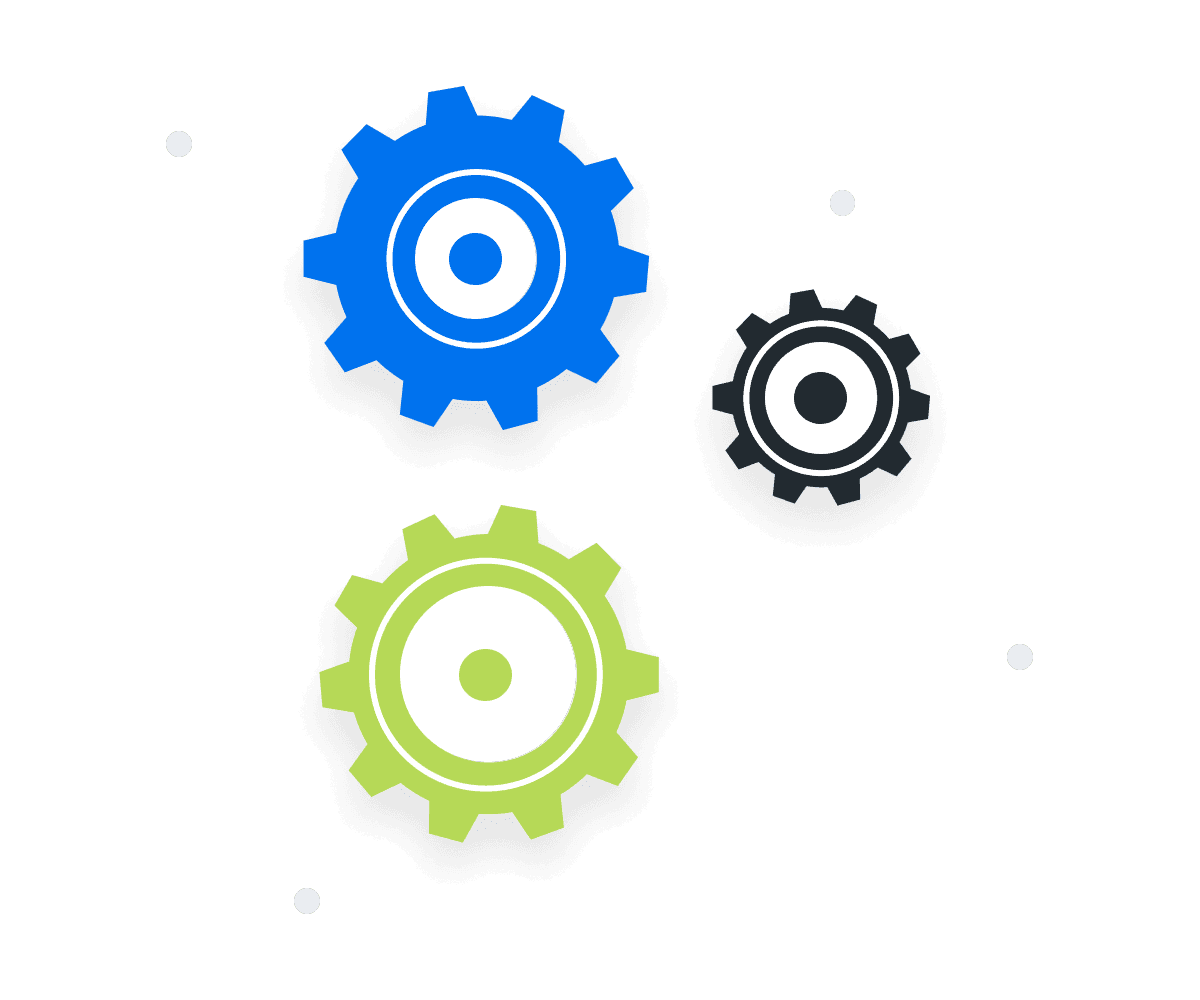
Win Back Billable Hours by Automating Your Client Reporting
Best Practices When Analyzing and Reporting on Customer Satisfaction Score
By digging deep into CSAT data, marketers pinpoint what drives customer satisfaction, tailor their strategies accordingly, and predict future trends. This comprehensive approach ensures that campaigns are impactful and resonate well with the target audience.
Ensure Data Accuracy
Reliable data collection methods and consistent surveying practices are key to valid CSAT readings, leading to more credible insights.
Measure CSAT by Campaign
Assessing Customer Satisfaction Score across campaigns allows for an understanding of which strategies are most effective in enhancing customer satisfaction and why.
Put Customer Satisfaction Score in Context
Placing Customer Satisfaction Score in context with other metrics and market conditions provides a holistic view of its impact on business performance.
Align Customer Satisfaction Score to Client Goals
Aligning Customer Satisfaction Score with client goals ensures that the measurement and interpretation of CSAT are relevant and meaningful to the client.
Visualize Customer Satisfaction Performance
Visualizing Customer Satisfaction Score data aids in better comprehension of trends and patterns, making it easier to share insights with clients and team members.
Include Actionable Recommendations
Suggest specific steps to improve CSAT, such as offering incentives, collecting customer feedback, or looking into the customer journey within the specific industry.
Grade.us Dashboard Example
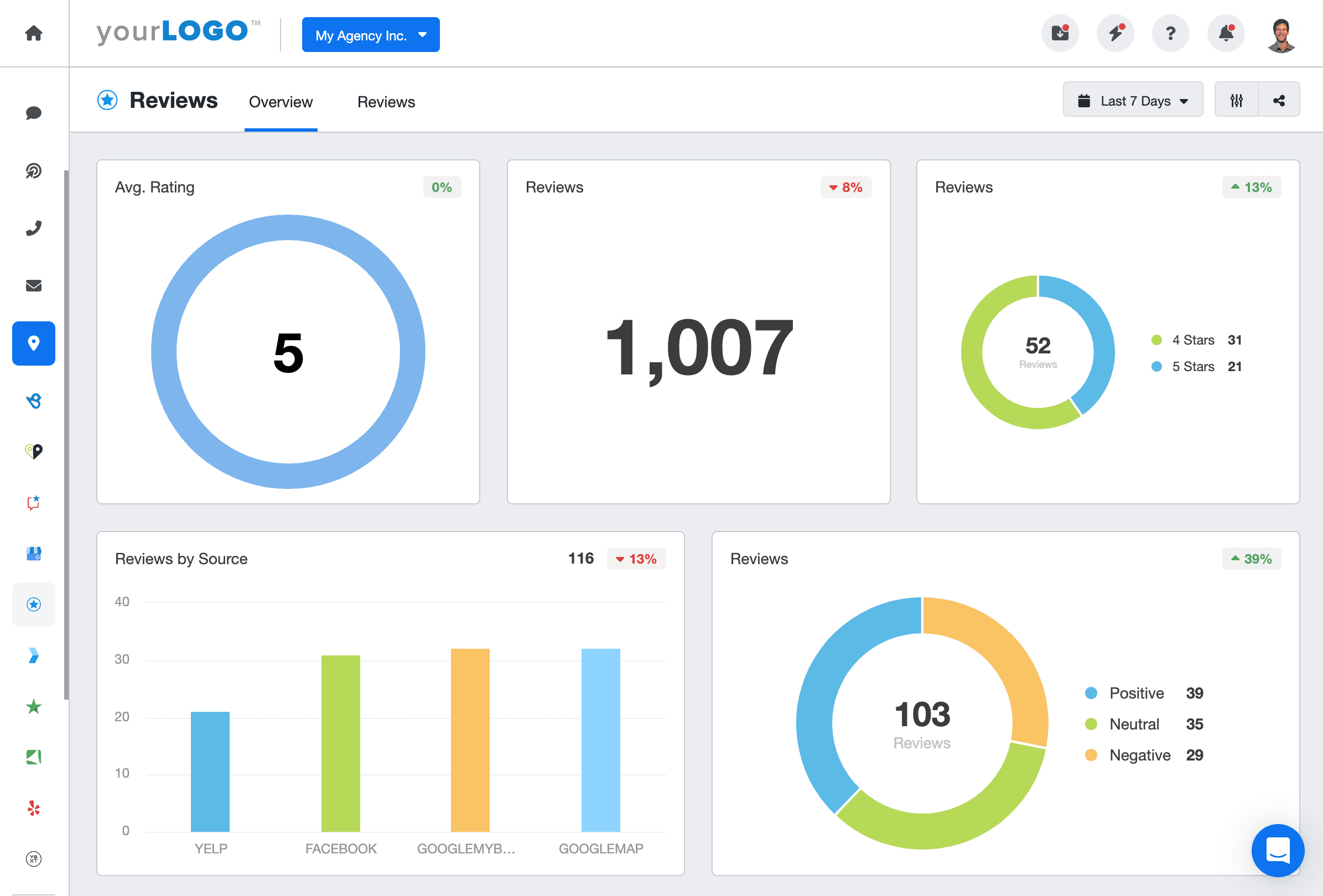
Related Integrations
How To Improve Customer Satisfaction Score
Improving Customer Satisfaction Score (CSAT) is key to business success. These actionable tips provide clear strategies to elevate customer experiences and customer satisfaction levels.
Personalize Interactions
Understanding customer preferences and personalizing their experience boosts satisfaction. Use data analytics to tailor interactions and recommendations. This shows customers that their preferences are valued.
Regular Feedback
Actively seeking customer feedback through a customer satisfaction survey demonstrates a commitment to improvement. Utilize a CSAT survey to gather feedback on specific customer insights and act on them.
Reward Loyalty
Incentivizing repeat business through loyalty programs or exclusive offers fosters a positive relationship with customers. This strategy encourages repeat purchases and enhances overall satisfaction.
Related Blog Posts
See how 7,000+ marketing agencies help clients win
Free 14-day trial. No credit card required.

